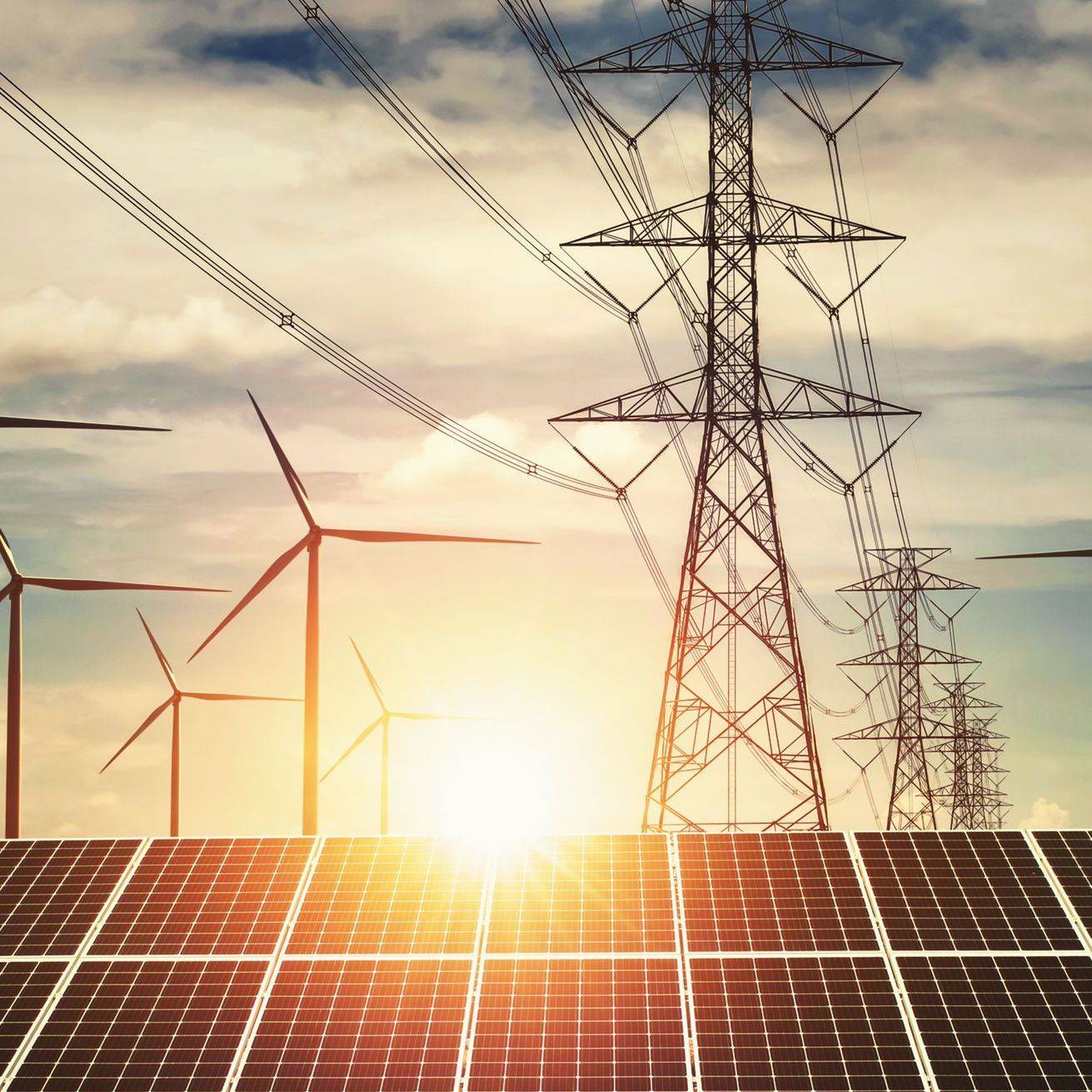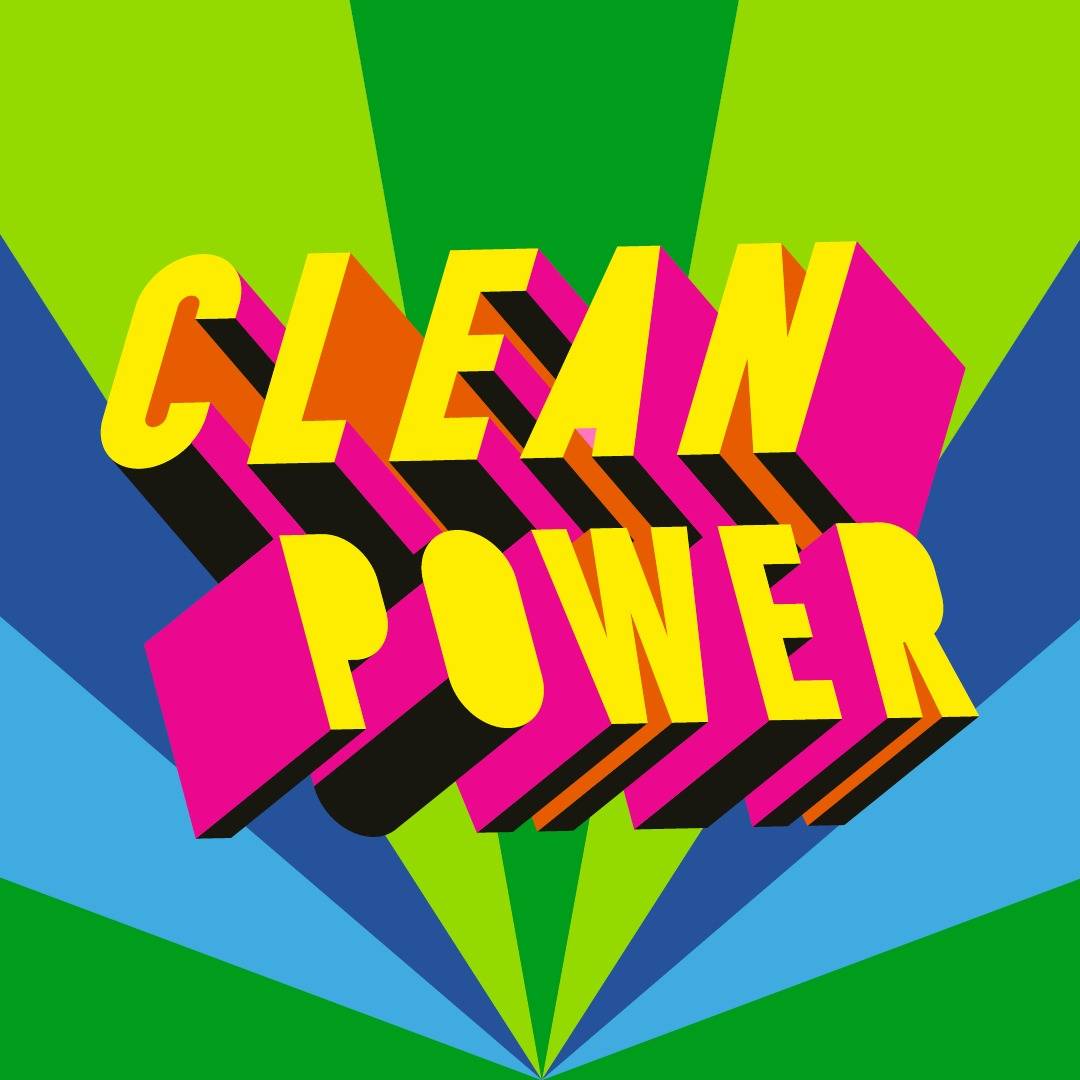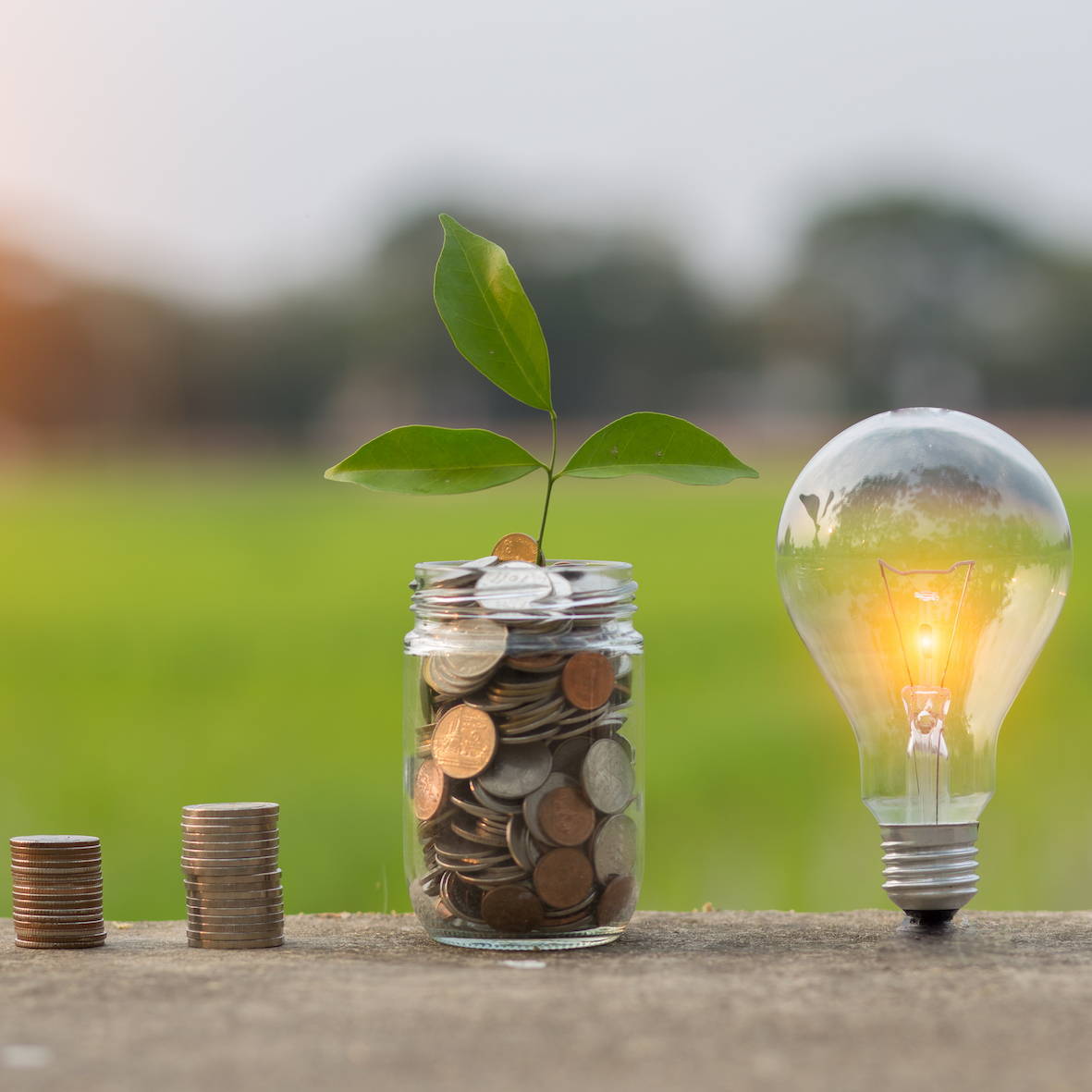
Goal 7: Affordable and Clean Energy
The Future Of Energy
12 weird and wonderful ways we will be charging our lives
WORDS: Hannah Rochell
RESEARCH: Delphi Bouchier-Hayes
4 november 2021
Science and technology move fast. It was only 14 years ago that the iPhone first hit the market, and it’s been just a mere 30 years since we were introduced to The Worldwide Web. These innovations that we couldn’t imagine life without were strange at first - if you’re old enough to remember Ask Jeeves, but never knew what you should ask it, you’ll know what we mean - but they soon became integral to the way we go about our day-to-day lives.
So as we focus on Goal 7: Affordable and Clean Energy, we wondered: what does the future of energy hold? Will we all be wearing solar powered chargers on our spectacles by 2030? Will wind turbines on our hats be normal, perhaps? Well, no; but some real-life future predictions are just as wacky. From solar curtains to the power of our own pee, here are some of the weird and wonderful ways we might be charging into the future.
Sun
1. Solar curtains
According to the solar innovator Derya Baran, assistant professor of material science and engineering at the King Abdullah University of Science and Technology (KAUST) in Thuwal, Saudi Arabia, solar cells will be so small in the future you’ll be able to have solar curtains hanging in your windows instead of large solar panels on the roof.
2. Sun-powered e-bikes
SunCycles aren’t a thing of the future. These solar powered e-bikes are already powering their way through Namibia, South Africa and Uganda. They’re designed to be used as delivery bikes and can carry a cargo weight of 100g, as well as being suitable for a variety of road conditions.
3. Solar The Hedgehog
In a joint project between developers in the Netherlands and the US, it’s been shown that a battery-free version of the handheld Gameboy could be powered solely by the sun and the button-pushing done by the gamer. Gives a whole new meaning to batteries not included.
Sea
4. New wave power
Traditional trimaran boats in the Philippines have been redesigned to harness wave power by installing hydraulics in the outriggers, the ski-like projections that stabilise the ship. The prototype hybrid boat is big enough to carry 100 passengers, four vans and 15 motorcycles.
5. Artificial ‘super reefs’
Australian artificial reefs - which are simply a series of buoys tethered to the ocean floor - can use wave action to create hydroelectric power. And they come with a couple of added bonuses: powering desalination filters for fresh drinking water, and providing a habitat for sea life. Triple win.
6. Ocean ‘carpets’
Realising that muddy ocean floors are good at absorbing incoming waves, researchers at the University of California, Berkeley, have developed ocean ‘carpets’ - flat rubber converters that sit in shallow water and capture 14 times more energy than a solar panel of the same size.

Image: Shutterstock
Air
7. Tulip turbines
Good design doesn’t just mean something that’s efficient, it means something that’s pleasing on the eye, too. Flower Turbines has developed small, quiet, tulip-shaped wind turbines designed to look beautiful in urban spaces.
8. Bladeless = bird-friendly
Using cylinders that oscilate in the wind, Vortex Bladeless generators not only don’t need blades, but use fewer raw materials than traditional turbines in their production. They’re ideal for residential areas and pose no threat to wildlife.
9. Portable, personal turbines
Already a big hit with campers, Waterlily portable turbines can be charged by the wind, or if you happen to be near a babbling brook, you can use a river instead. There’s also a crank so you can wind them by hand if you find yourself in a breeze-free field.
People Power/Blood, sweat and pees
10. Pees are good
Yes, we’re talking about urine. Developed in Bristol Robotics Laboratory in the UK, Pee Power is a system that can turn organic matter, such as urine, into enough electricty to charge a mobile phone. It also sanitises the urine into plant fertiliser at the same time.
11. Sweat bands
Researchers at the University of Glasgow in Scotland reckon we could all be wearing sweat powered smart watches before long. Polymers in the tech would react with the ions in your sweat and create enough electricity to negate the need for a battery.
12. Plasma power
Created as a statement on energy conservation rather than a commercial product (thankfully!), blood lamps, designed by Mike Thompson, are powered by one drop of blood which reacts with luminol - the same stuff that that forensic scientists use - to create a blue glow.
100% of profits from the sales of #TOGETHER products go to charities that advance the Sustainable Development Goals. Find out more here.


